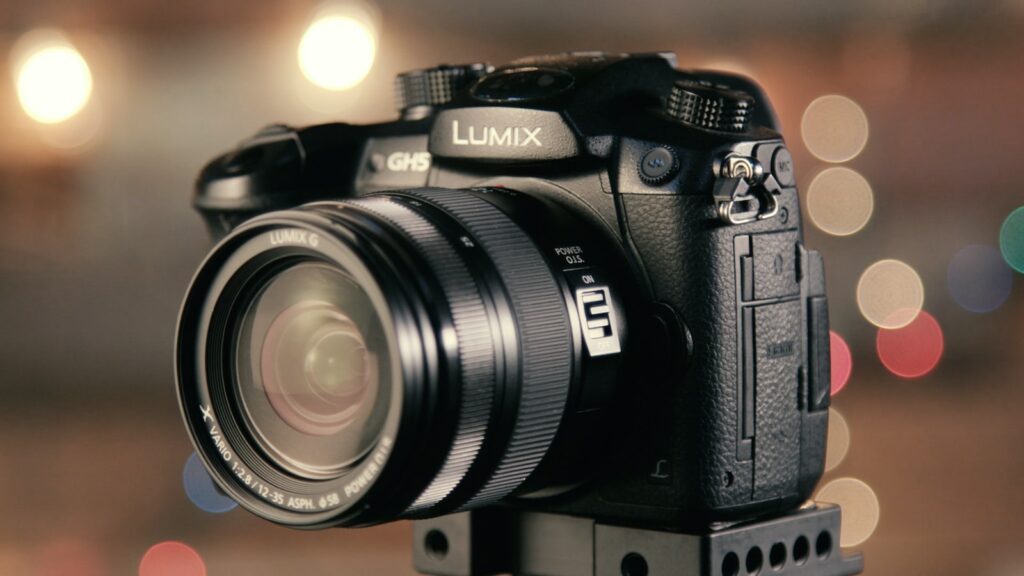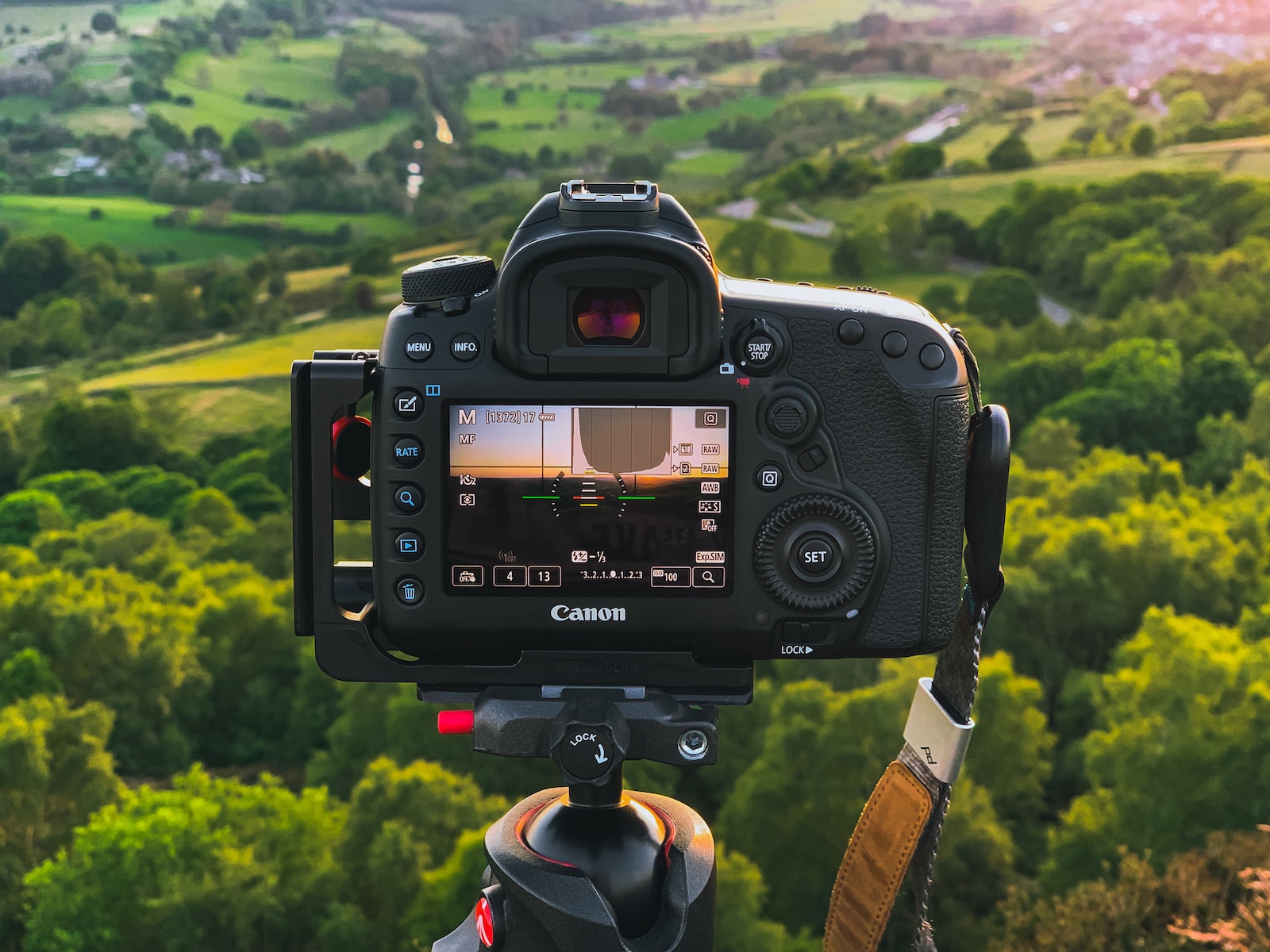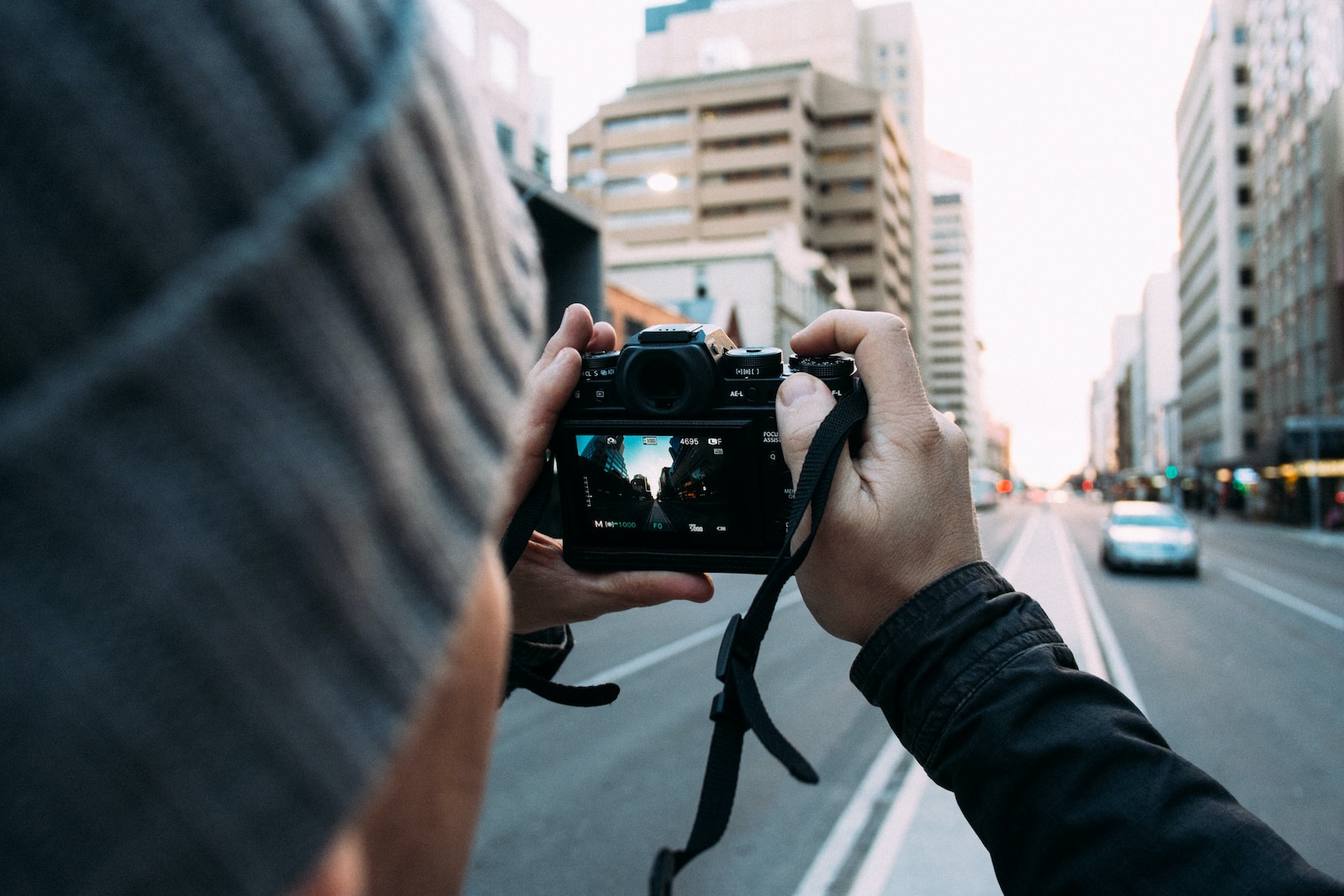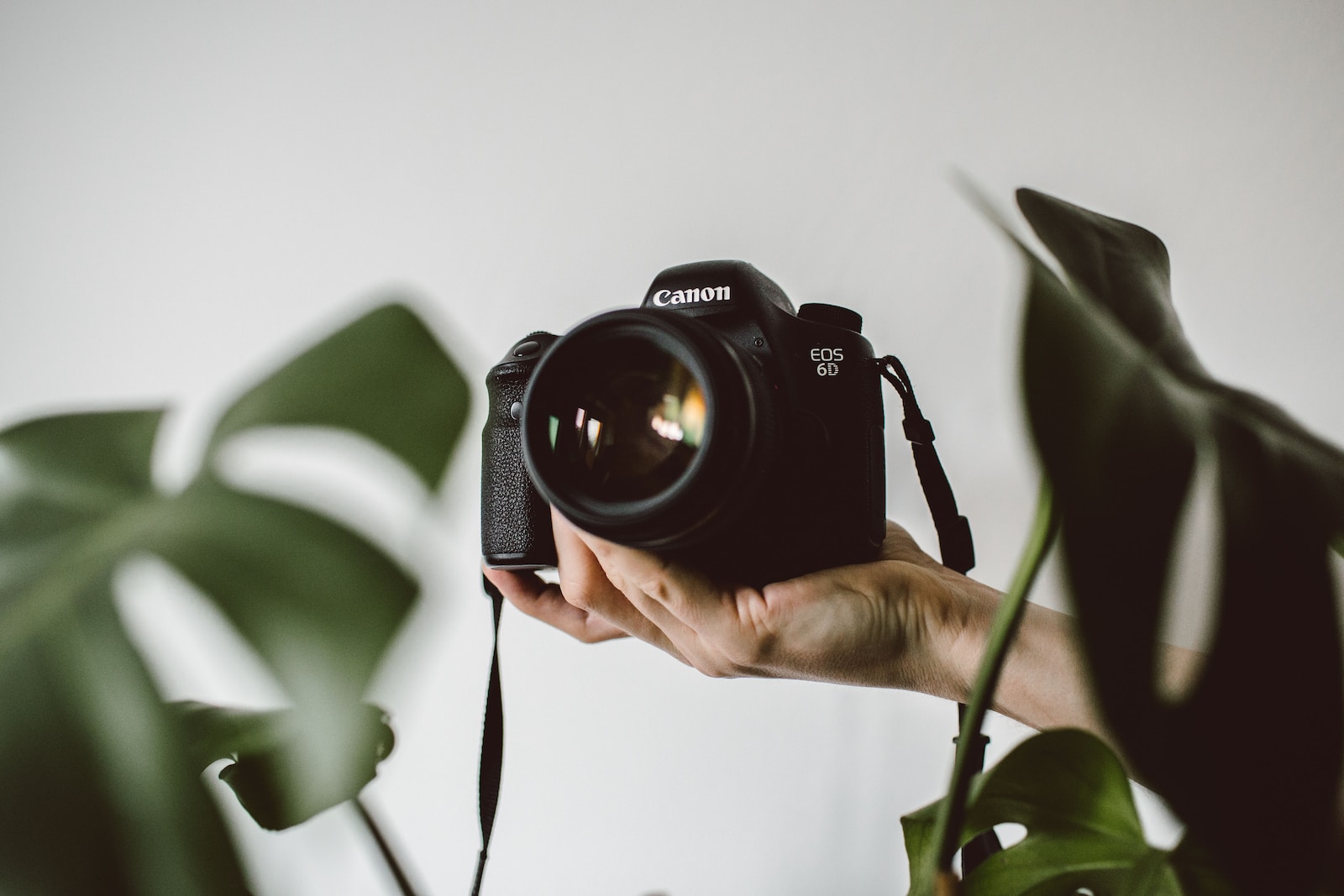Photography, a timeless art, has evolved over the years, giving birth to a multitude of camera options for aspiring photographers. Among these options are the rangefinder film cameras and the digital single-lens reflex (DSLR) cameras. While both hold their own unique features and capabilities, choosing the right camera can be a daunting task. In this blog, we will delve into the comparison between rangefinders and DSLRs, allowing photographers to make an informed decision and find the best fit for their needs.
Table of Contents
- The Charm of Rangefinder Film Cameras
- The Powerhouse: DSLRs
- The Importance of Image Quality
- Focusing Speed and Accuracy
- Keep Film Alive or Embrace the Digital World?
- Choosing the Right Camera for You
- Rangefinder vs DSLR: Battle of the Cameras
- Frequently Asked Questions
- 1. Which is better, a rangefinder film camera or a DSLR?
- 2. Are rangefinder film cameras still relevant in the digital age?
- 3. Can I use the same lenses on both rangefinder film cameras and DSLRs?
- 4. Are rangefinder cameras suitable for professional photography?
- 5. Are rangefinder film cameras more affordable than DSLRs?
- Wrap Up
The Charm of Rangefinder Film Cameras
Rangefinder film cameras have a distinct charm that is hard to resist. With their compact and lightweight bodies, they offer unparalleled portability, making them ideal companions for street photographers and travel enthusiasts. Rangefinders also boast large, bright viewfinders that provide a unique shooting experience, allowing photographers to compose their shots with precision. The absence of a mirror also means less vibration, resulting in quieter operation and sharper images.
The Powerhouse: DSLRs
On the other end of the spectrum, we have DSLRs, the powerhouse of modern photography. DSLRs offer a wide range of features and capabilities, making them the go-to choice for professional photographers and enthusiasts alike. With their interchangeable lenses, DSLRs provide versatility in capturing various subjects and scenes. They also come equipped with advanced autofocus systems, allowing for quick and accurate focusing, even in challenging situations. Furthermore, DSLRs offer a wealth of customization options, giving photographers full control over their images.
The Importance of Image Quality
When it comes to photography, image quality is of paramount importance. Rangefinder film cameras have long been revered for their ability to produce stunningly sharp and detailed images. Their lack of a mirror results in minimal reflections and distortions, making them an excellent choice for photographers who prioritize image quality above all else. On the other hand, DSLRs with their advanced image sensors and image processors offer remarkable clarity, dynamic range, and low-light performance. These factors make DSLRs a top choice for professionals who require superior image quality in their work.
Focusing Speed and Accuracy
In the fast-paced world of photography, being able to capture the perfect moment is crucial. Rangefinder film cameras excel in manual focusing, allowing photographers to focus with precision using their rangefinder mechanism. However, when it comes to autofocus, DSLRs take the lead. Their advanced autofocus systems utilize multiple focus points and sophisticated algorithms to track and lock onto subjects with remarkable speed and accuracy. This makes DSLRs the preferred choice for capturing action shots, sports events, and wildlife photography.
Keep Film Alive or Embrace the Digital World?
One of the crucial factors in choosing between a rangefinder and a DSLR is the medium you prefer to work with. Rangefinder film cameras offer a nostalgic and tactile experience, bridging the gap between the past and the present. They allow photographers to slow down, be intentional with their shots, and enjoy the process of shooting with film. Conversely, DSLRs embrace the convenience and immediacy of digital photography. With their ability to instantly review images, adjust settings on the go, and benefit from advanced post-processing, they cater to photographers who value efficiency and workflow optimization.
Did you know that the world's most expensive camera, a Leica 0-series, was sold for a whopping $2.97 million at an auction?
Choosing the Right Camera for You
Ultimately, the choice between a rangefinder and a DSLR boils down to personal preference and the specific needs of the photographer. If you are drawn to the analog charm, compactness, and slower pace of shooting, a rangefinder film camera might be the perfect fit for you. However, if you prioritize image quality, versatility, and advanced features, a powerful DSLR will be your best ally. Consider your shooting style, subject matter, and desired outcome when making the decision, because in the world of photography, the camera is not just a tool but an extension of your creativity and vision.
Rangefinder vs DSLR: Battle of the Cameras
When it comes to photography, choosing the right camera can make all the difference in capturing that perfect shot. In today’s digital age, there are two main contenders vying for the top spot: the rangefinder film camera and the DSLR. Both have their own unique features and advantages, but which one is the best fit for your needs? Let’s delve into a comparison between these two camera types to help you make an informed decision.
1. Rangefinder Film Camera
The rangefinder film camera is a classic choice for photographers who value simplicity and precision. Unlike DSLRs, rangefinders do not rely on a mirror and prism mechanism. Instead, they use a system of gears and levers to combine two separate images and create a focused image in the viewfinder. This feature allows for a more compact and quieter camera design, making rangefinders ideal for street and documentary photography.
One of the key advantages of a rangefinder film camera is the bright and clear viewfinder. With its exceptional clarity, photographers can focus on their subject with unparalleled precision. Additionally, the lack of a mirror mechanism eliminates the camera shake caused by mirror slap in DSLRs, resulting in sharper images without the need for image stabilization.
However, it’s important to note that rangefinder film cameras have a limited selection of lenses compared to DSLRs. Additionally, capturing fast-moving subjects can prove to be a challenge due to the manual focusing required. Nevertheless, for photographers seeking a lightweight and discreet camera, a rangefinder is an excellent choice.
2. DSLR
The DSLR (Digital Single-Lens Reflex) camera has revolutionized the world of photography with its advanced features and versatility. Unlike rangefinder film cameras, DSLRs use a mirror and prism mechanism to reflect the light entering the lens into the viewfinder, providing photographers with an accurate representation of the final image.
One of the primary advantages of DSLRs is their vast range of lenses and accessories available. This allows photographers to experiment with different focal lengths, apertures, and specialized lenses for various types of photography. DSLRs also excel in capturing action shots, sports events, and wildlife, thanks to their fast autofocus systems and continuous shooting modes.
While DSLRs offer a multitude of features and functionalities, they tend to be bulkier and heavier than rangefinder film cameras. Additionally, the mirror mechanism in DSLRs can create vibrations at higher shutter speeds, potentially affecting image sharpness. However, with advancements in technology, many DSLRs now offer image stabilization to counteract these vibrations.
Choosing between a rangefinder film camera and a DSLR ultimately depends on your style of photography and personal preferences. Rangefinders provide a compact and lightweight option for photographers who value simplicity and precision, while DSLRs offer a broader range of lenses and advanced features for versatility.
Whether you’re capturing moments on the streets or seeking out wildlife in nature, it’s important to evaluate the features and advantages that each camera type offers. By doing so, you can make an informed decision that will elevate your photography journey to the next level.

Frequently Asked Questions
1. Which is better, a rangefinder film camera or a DSLR?
Choosing between a rangefinder film camera and a DSLR depends on your specific needs and preferences. Rangefinders are known for their compact size, quiet operation, and unique shooting experience. On the other hand, DSLRs offer advanced features, interchangeable lenses, and superior autofocus capabilities. Consider factors such as your shooting style, desired image quality, and budget to determine which camera is the best fit for you.
2. Are rangefinder film cameras still relevant in the digital age?
Despite being considered a more traditional technology, rangefinder film cameras still have a dedicated following in the digital age. Many photographers appreciate the manual control, simplicity, and the unique aesthetic of film. Rangefinders can provide a distinctive look that is difficult to replicate with digital cameras. However, if you require the convenience and flexibility of instant digital results, a DSLR may be a better choice.
3. Can I use the same lenses on both rangefinder film cameras and DSLRs?
No, you cannot use the same lenses on both rangefinder film cameras and DSLRs. Rangefinder cameras typically have a different lens mount system compared to DSLRs. Rangefinder lenses have a shorter flange focal distance, meaning they are designed to be closer to the film or sensor. DSLR lenses, on the other hand, typically have a longer flange focal distance to accommodate mirror systems. It’s important to choose lenses specifically designed for the type of camera you are using.
4. Are rangefinder cameras suitable for professional photography?
Rangefinder cameras can be suitable for professional photography in certain situations. They are especially valued in street, documentary, and portrait photography for their discreet operation and ability to capture candid moments. However, DSLRs are generally preferred for professional work due to their advanced features, autofocus speed, and compatibility with a wide range of lenses. Ultimately, the suitability of a rangefinder camera for professional use depends on the specific requirements of the photographer and the type of photography they specialize in.
5. Are rangefinder film cameras more affordable than DSLRs?
In general, rangefinder film cameras tend to be more affordable compared to high-end DSLRs. However, the market for rangefinder cameras varies, and some vintage or limited-edition models may command high prices. Additionally, the cost of film, processing, and the lack of immediate results should also be taken into account when considering the overall affordability of a rangefinder film camera. DSLRs offer a wider range of prices and options, including entry-level models that can be more budget-friendly for beginners.
Wrap Up
So, after comparing the features of rangefinder film cameras and DSLRs, it’s clear that both have their own strengths and weaknesses. If you’re a fan of classic aesthetics and a more mechanical shooting experience, a rangefinder might be the way to go. On the other hand, if you value versatility, advanced autofocus, and higher image quality, a DSLR is a solid choice.
Ultimately, the decision should be based on your specific needs and preferences as a photographer. Do you value compactness and simplicity or are you more interested in the latest technological advancements? No matter what you choose, it’s important to remember that both types of cameras offer incredible opportunities for capturing breathtaking images.
We hope this comparison has helped you in your camera selection process. If you have any questions or experiences to share, feel free to leave a comment below. We’d love to hear your thoughts!



